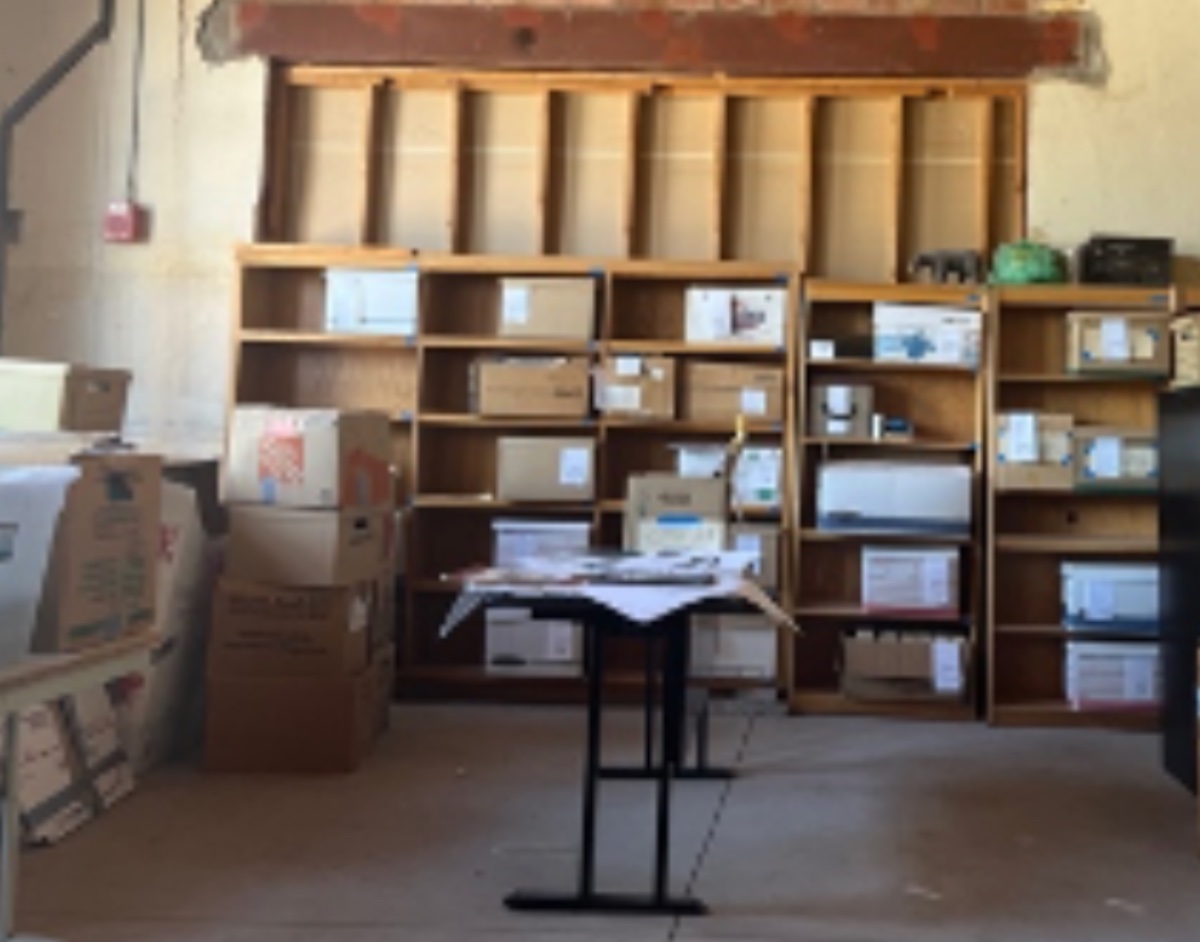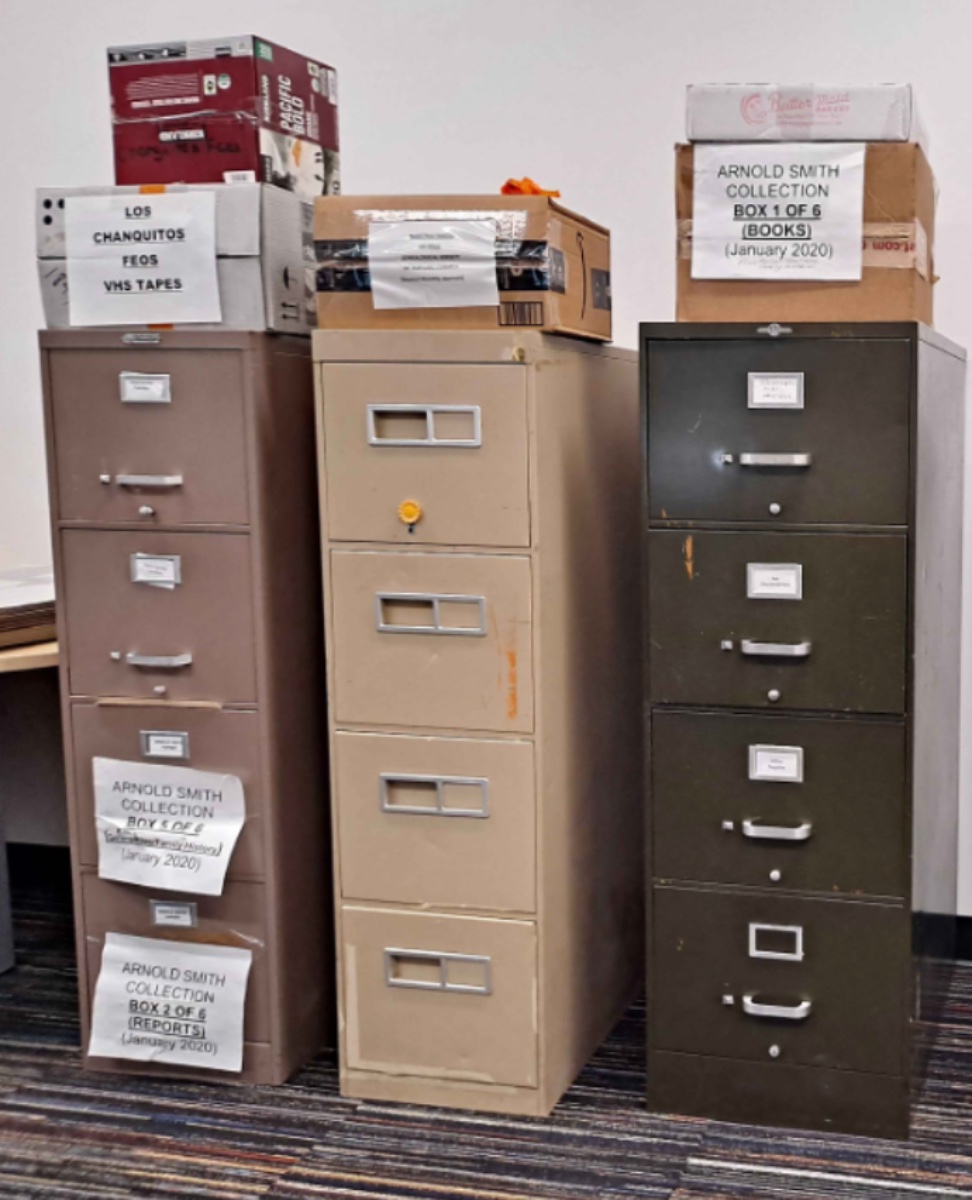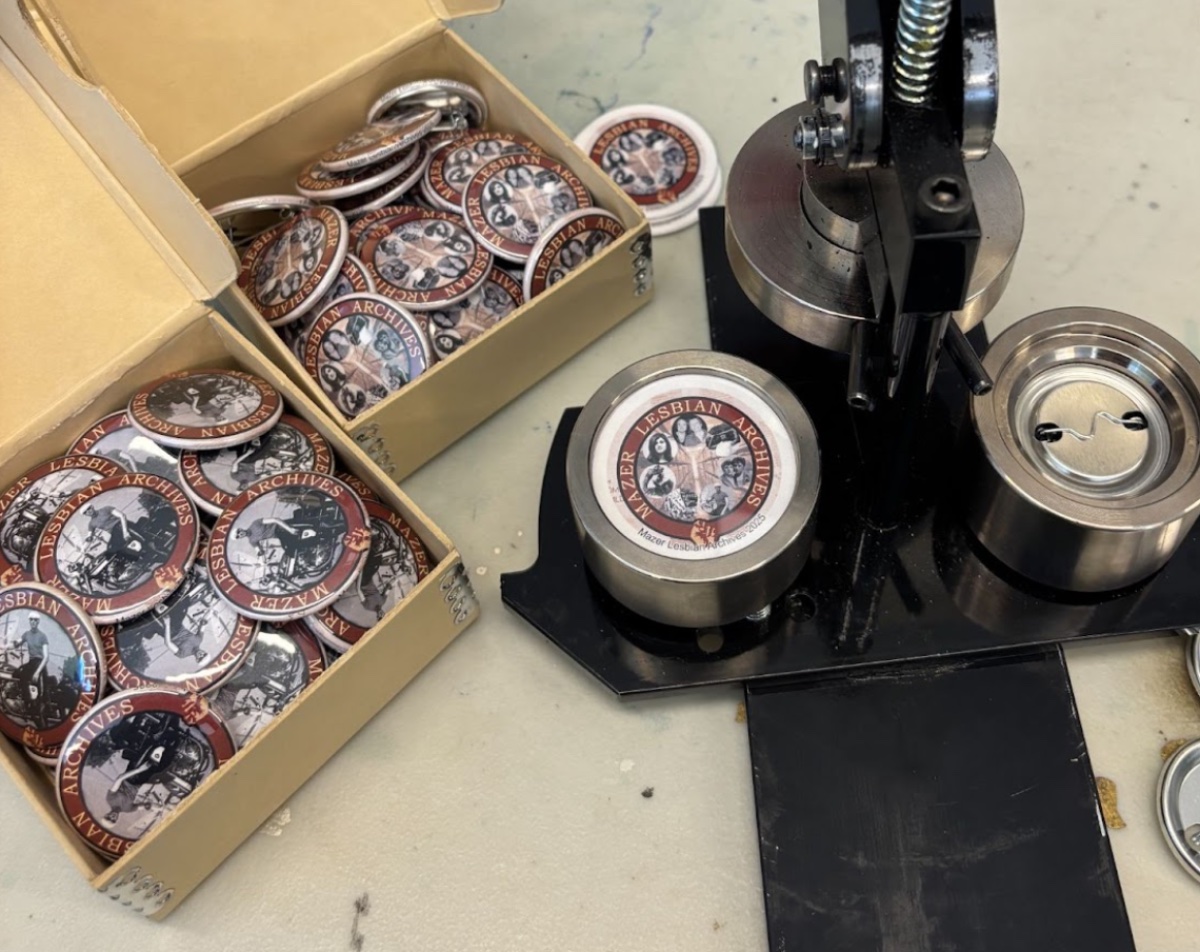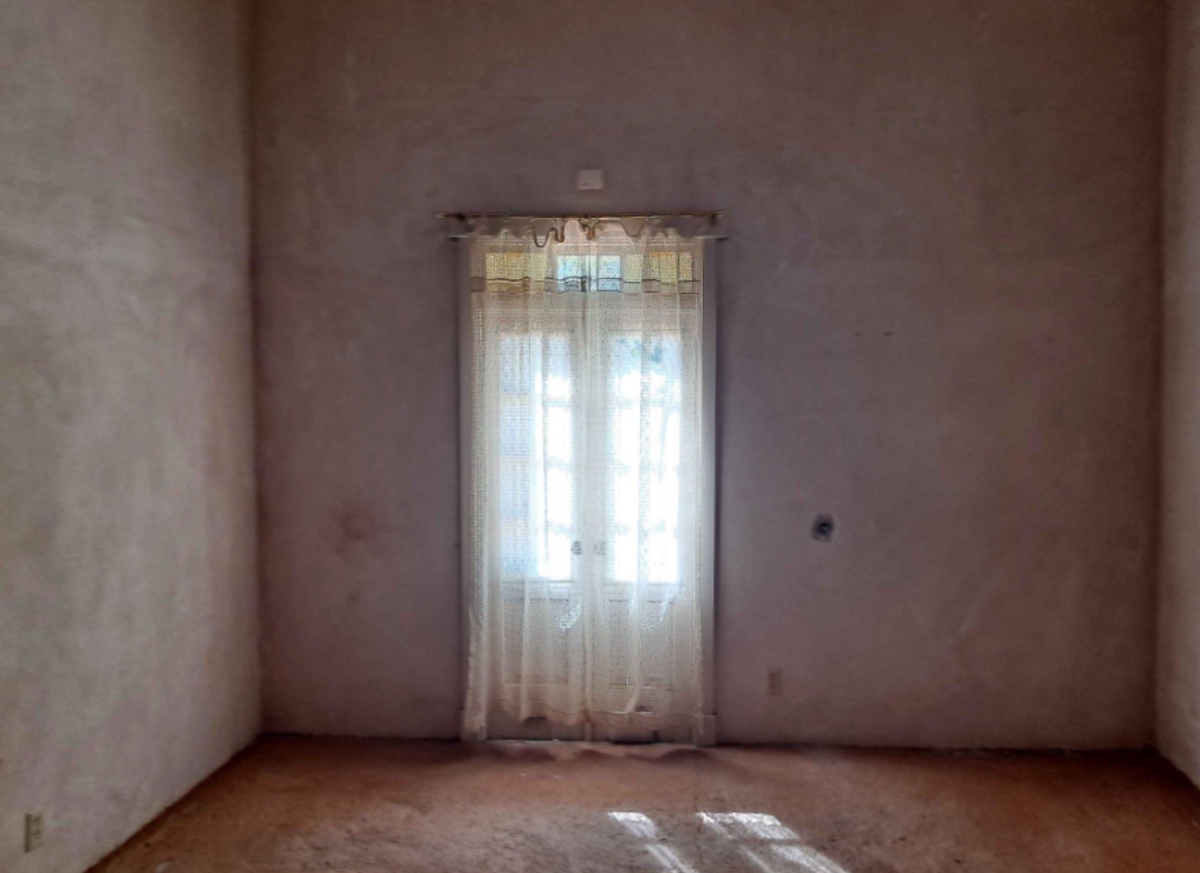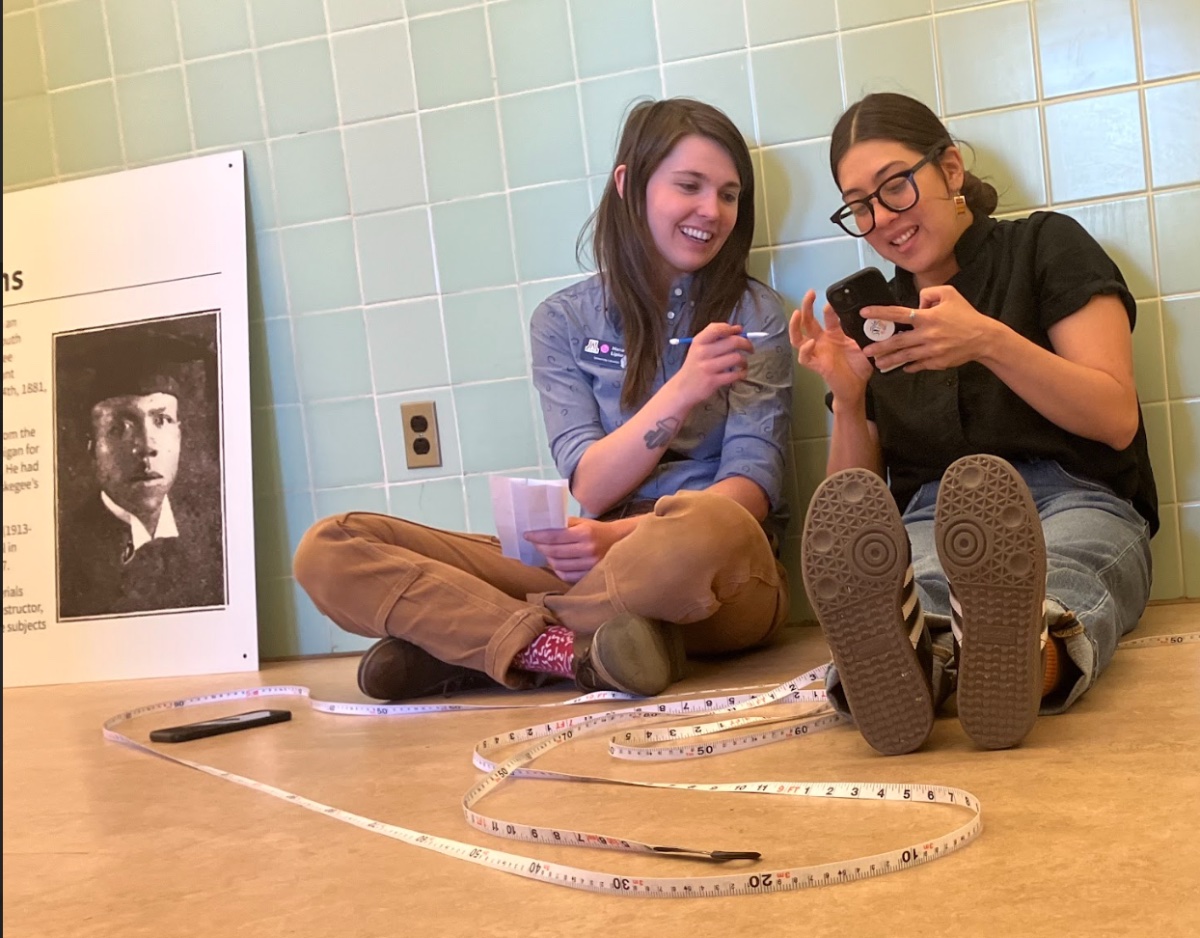By Melissa Berry, FOCAS Intern, Spring 2025 / University of Arizona
My role as the Spring 2025 FOCAS intern for the Mexican American History and Heritage Museum was to continue building on the work of previous intern Jesus Villalobos in developing the museum’s oral history collection. While scheduling constraints only allowed time for one comprehensive oral history with Victoria Vasquez and one truncated oral history with Ivo Ortis, these experiences allowed me to gain familiarity with both the archival functions of oral histories– from interviewing to transcribing and creating metadata to uploading the file into the archive– and the community I was working with.
Beyond my capacity as the oral history coordinator, I also provided general assistance for the museum’s TCE Retrospective program. TCE was a chemical solvent used by Hughes Aircraft, among others, as a degreaser from the 40s-70s. Southside community members began noticing groupings of rare autoimmune disorders, cancers, and birth defects in their neighborhoods, but they were dismissed by health officials, sometimes through the use of ableist, racist language. In the mid-80s, investigative journalist for the Arizona Daily Star Jane Kay began discussing the contamination, adding to the pressure that community members were putting on officials. Eventually, the truth of Hughes’s (now a part of Raytheon) reckless contamination was revealed, as was the long-term effect of their disregard for safety protocols, affecting both workers and residents of surrounding neighborhoods. Tucson’s aquifer had been contaminated, which to this day requires all water to run through a filtration process to remove TCE. TCE’s not the only contaminant in our water thanks to the defense industry: in 2014, treatment for 1,4-dioxane was also added, as was treatment for PFAS in 2021. Despite countless stories of similar effects in communities beyond Tucson, TCE was not officially banned by the EPA until December 2024. People in Tucson still live with the injury of TCE contamination.
The 2025 TCE Retrospective was the culmination of four focused years of investigation and community coordination led by the museum’s co-director, Alisha Vasquez. One of the program’s main components has been a tile artmaking workshop series to contribute to artist Alex! Jimenez‘s mural commemorating the tragedy of TCE contamination. Alex’s mural will be unveiled in Mission Manor Park on December 13, 2025.
The workshops were events of remembrance. While participants continue to mourn their loved ones, they use their righteous anger as fuel to work towards justice for others. This is the focus of the TCE Retrospective series: while trichloroethylene remains the catalyst, the mobilization of Tusconans for a Clean Environment (TCE) and unaffiliated community members is what forced justice for the community.
The Community of Community Archives
Through working with the museum, I was introduced to the work of Tucsonense scholar Dr. Lydia Otero, who focuses on the continued practice of displacement of poor and brown residents. This history is interwoven with their own experiences through a series of memoirs, using a critical epistemological orientation to disrupt conventional methods of historical narrative building. Thanks to the museum co-director Alisha Vasquez’s experience and knowledge of disability studies’ foundational role in justice work, I was also introduced to the work of Dr. Sunaura Taylor, who, along with Alisha, will be hosting a Living with Injury exhibit at the MOCA this fall. Her book, Disabled Ecologies, recontexualizes environmental harm, disablement, and disability, eroding existing distinctions by exploring the semantic reasoning for doing so. If you’re reading this blog post and haven’t read her book, I would encourage you to do so.
Through the TCE events, I met Eva Carrillo Don, Bobby Jaramillo, and Edward Quintana, all of whom suffered– and continue to suffer– greatly from the damage of TCE. Yet, they remain steadfast in their commitment to continue advocating for water rights and protections while educating their community on potential and existing threats. To discontinue their advocacy isn’t a question; they understand the value of their knowledge in effecting positive change. I also met the students of Cynthia Lopez’s Honors Chemistry class at Desert View High School, and had the pleasure of viewing their final project exploring TCE and the efficacy of less harmful alternatives; James Lemmon, one of the hydrologists working on the TCE contamination case in the 1980s; Franc Contreras, a filmmaker documenting the effects of industrial waste and environmental contamination in the borderlands; and many artmaking workshop and panel event attendees who had been affected by TCE contamination, whether personally or through someone they loved.
At non-TCE related events I worked or attended as a representative as the museum, I met Jean, an incredible woman and talented paper flower artist who’s organizing for her barrio to be declared as distinct to protect them against land encroachment from developers; Mauro Trejo, an expert tour guide who is so knowledgable about the area that he once interrupted a tour he was on to set the facts straight; Evelyn, Lisette, Becky, and Rachel, who along with Mauro are board members of the museum’s overseeing organization Los Descendientes, and who all shared valuable knowledge and interesting stories about their relationship to Tucson; and so many other community members that were eager to share what they knew and welcome Jose and I into the coalition of those working to strengthen Tucson’s roots, and, in turn, continue Tucson’s residents’ legacy of community solidarity and interdependence.
I worked alongside and under Rikki Rojas, the museum’s executive director, and Alisha Vasquez, the museum’s community director. Both are powerhouses, which allows them to juggle their demanding roles as museum co-directors with family life, continued education, event coordination assistance for other organizations, and community responsibilities. Each brings a fully-formed yet ever-evolving set of competencies and perspective that makes even a simple conversation into something I would chew on for weeks, thinking about how to show up better as a community member and archivist.
Through FOCAS, I worked with Maria Torres, a brilliant, warm, and dynamic person who, thanks to their gift for creating an open, comfortable atmosphere, helped participants to open up and share their perspectives. My fellow intern, Jose, was not only technologically inclined and helped me to feel more confident using the oral histories recording equipment, but was able to learn more about industrial contamination in his hometown, which helped to contextualize the TCE contamination we were discussing as a larger crisis. Jesus Villalobos, the museum’s previous FOCAS intern, and Alana Varner, an archivist friend of Alisha’s who has been providing critical support for the development of the museum’s archival infrastructure, helped me in developing a stronger grasp of non-institutional archival processing. Jesus continuing to work with the museum– as Jose and I will, too– demonstrates the unique environment of community archives. Time is handled differently, situated equally for consideration alongside accessibility. Reaching and connecting with people is the beginning, middle, and end of this work, and every interaction reminds you of this.
I highlight this handful of individuals to demonstrate that the ‘community’ of community archives is a living body. Each resource in our archive relates directly to someone we’ve met, or someone who was someone we met’s community member, classmate, store clerk, or best friend. This not only emphasizes the importance of archival ethics, but also the potential that a multi-modal archive brings to underscoring and advancing some of the community’s concerns. The Mexican American History and Heritage Museum, along with Los Descendientes, prioritizes community engagement for precisely this reason. Preserved documentation provides a safeguard for community knowledge, protecting against false or incomplete narratives and allowing new actions and conversations to be built on a solid foundation.
You can read more about Los Des/the Mexican American History and Heritage Museum events and focus points at losdestucson.com. Learn more about TCE and view the Honors Chemistry class project at https://www.losdestucson.com/tce.
